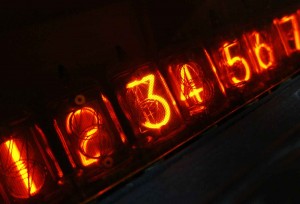 It’s that time of year again: time to make a calender that appeals to geeks as nothing in the stores can!
It’s that time of year again: time to make a calender that appeals to geeks as nothing in the stores can!
The last two years, 2011 and 2010, I made calendars of vintage computers to adorn my wall. I titled the articles “Sexy Computer Calendars”. I was amused to see in January and February that Google listed “sexy calendar” as the leading search terms for galacticstudios.org.
In a shameless attempt to boost my hits, and to satisfy my urge for a geeky 2012 calendar unlike anything you can buy, I’ve assembled 12 more pictures of vintage computers. You can see them below, download them, and use my free calendar program to print your own calendar.
January: A slide rule, an old calculating device that can do multiplication and division by adding and subtracting logarithms. Batteries not included.
February: A replica of The Turk, aka The Mechanical Turk. In the late 1700s, Wolfgang von Kempelen built a working robot capable of playing chess. This was before electronics! How did he do it? Well, the same way all machines really work: there’s a little man inside.
March: An IBM punched card. When this was still being used, keyboards weren’t directly connected to computers. Instead, the keyboards produced cards like these, which were then fed into the computer, hundreds at a time. There’s a great story about the Apollo program: a rocket engineer went to a computer programmer to ask him how much the software was going to weigh. The programmer tried to explain that it would have no weight. Finally, the programmer brought out all his punched cards. The rocket engineer said “Yes! That’s it! I want to know how much that weighs!” The programmer responded “we’re not putting the cards on the rocket; we’re only putting the holes.”
April: Core memory. The gray rings get magnetized and read by the wires running through them, allowing the computer to store and retrieve data.
May: The console for a Univac computer. In the 1950s, Univac was the leading computer company. Today, it’s “Univac who?” (They still exist as Unisys after having merged with another formerly large computer company, Burroughs.)
June: The nixie tube display of a Wang (another dear, departed company) calculator. I used these calculators at the Boston Museum of Science when I was a kid. It was 4 or 6 calculators clustered around a single CPU. Timesharing calculators! As I recall, there were always some blown-out numbers in the tubes. Today, people sell kits for clocks that use nixie tubes that were manufactured in the USSR and never used. Four decades after I used nixie tube devices, I still haven’t decided whether I think they’re uber-cool or butt-ugly. Once I decide, I might buy a clock kit (Lord knows, I don’t need another clock.)
July: The front panel of a Honeywell 200 computer (yes, Honeywell used to make computers). This was the computer I programmed at my first job as a High School co-op. At the time, the computer was almost as old as I was. (Think about that a moment – no one except a toddler should ever use a computer as old as he is!) But oh, the big illuminated buttons and the blinking lights! It was magnificent!
August: The Hewlett-Packard 9100 programmable desktop calculator. This was one of things that convinced Dr. Wang (remember the Wang calculator, above?) to get out of the calculator business. Meanwhile, Bill Hewlett loved this calculator and wanted to know if a version could be made that would fit into his pocket. The rest is history.
September: The Graphical User Interface of the Xerox Alto computer. This was the first GUI and it was what Steve Jobs copied to build the Lisa and later the Mac. A lot of people say that Xerox lost out – that if they had made the Mac, they’d be a huge success now instead of a fading copier company. People say the same about HP, which turned down the chance to buy Steve Wozniak’s design for the original Apple computer. But even if these companies had understood the opportunities they had, I suspect they would’ve failed to exploit them. They just didn’t have the mindset or culture to mass market inexpensive computers to naive users.
October: The IMSAI 8080, the first computer clone and, in my opinion, the prettiest computer ever made.
November: In the 1970s and early 80s, Byte magazine had the most wonderful covers painted by Robert Tinney. They were imaginative, surreal, an interesting blend of cartoon and realism, with delightfully anachoristic elements. This one shows a train chugging around a printed circuit board. Mr. Tinney apparently is not a computer or electronics geek, but he captures technology beautifully nonetheless.
December: The Osborne 1, the first portable computer. This was no laptop: it weighed 23 pounds and was the size of a large briefcase or a small suitcase. And check out that screen: 5 inches! The best you can say about the screen is that it was bigger than an iPhone (though it was, of course, text-only). But it was the only game in town and it was very successful … until it wasn’t.
And so ends another walk down memory lane. Happy New Year!




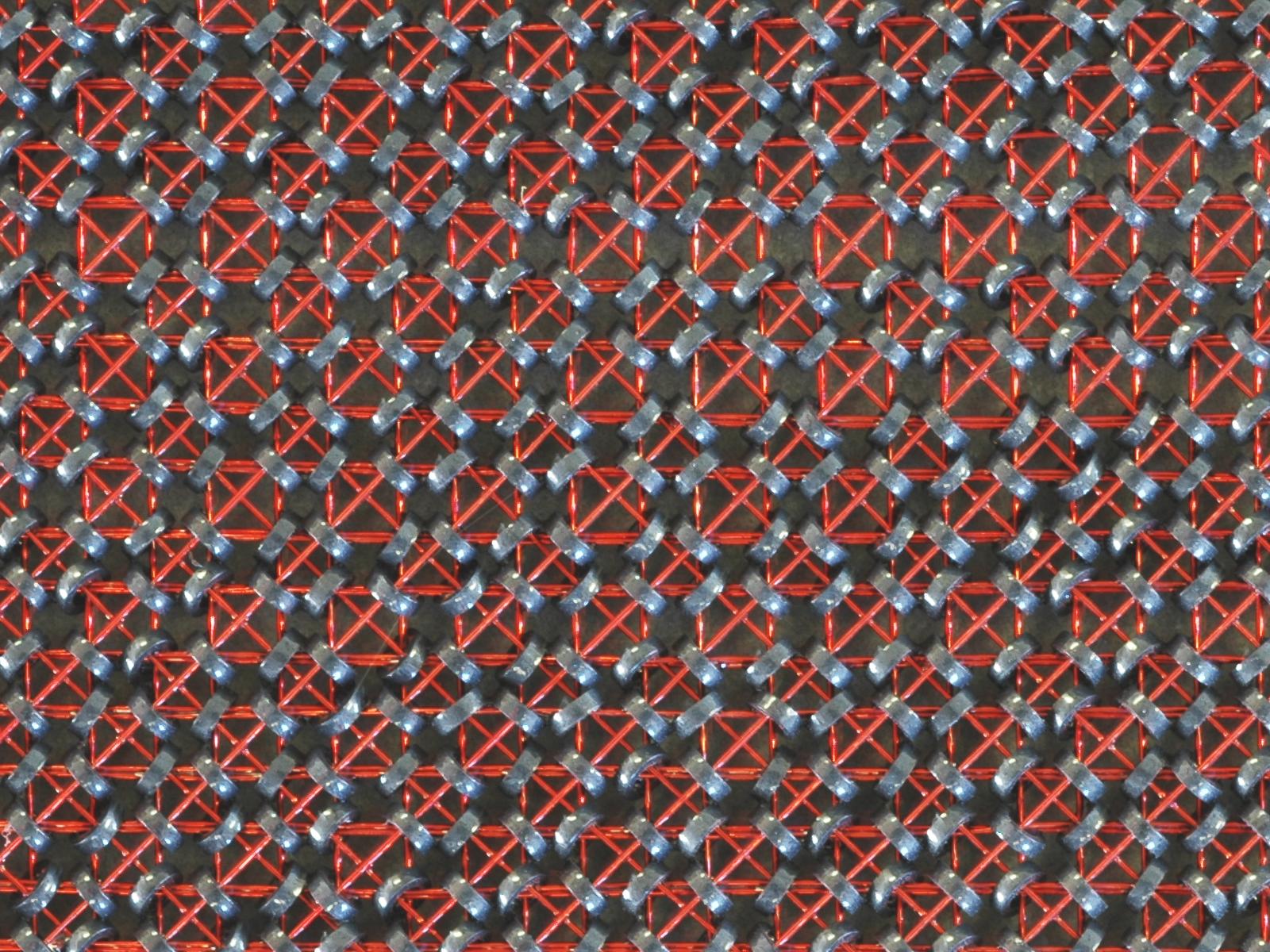

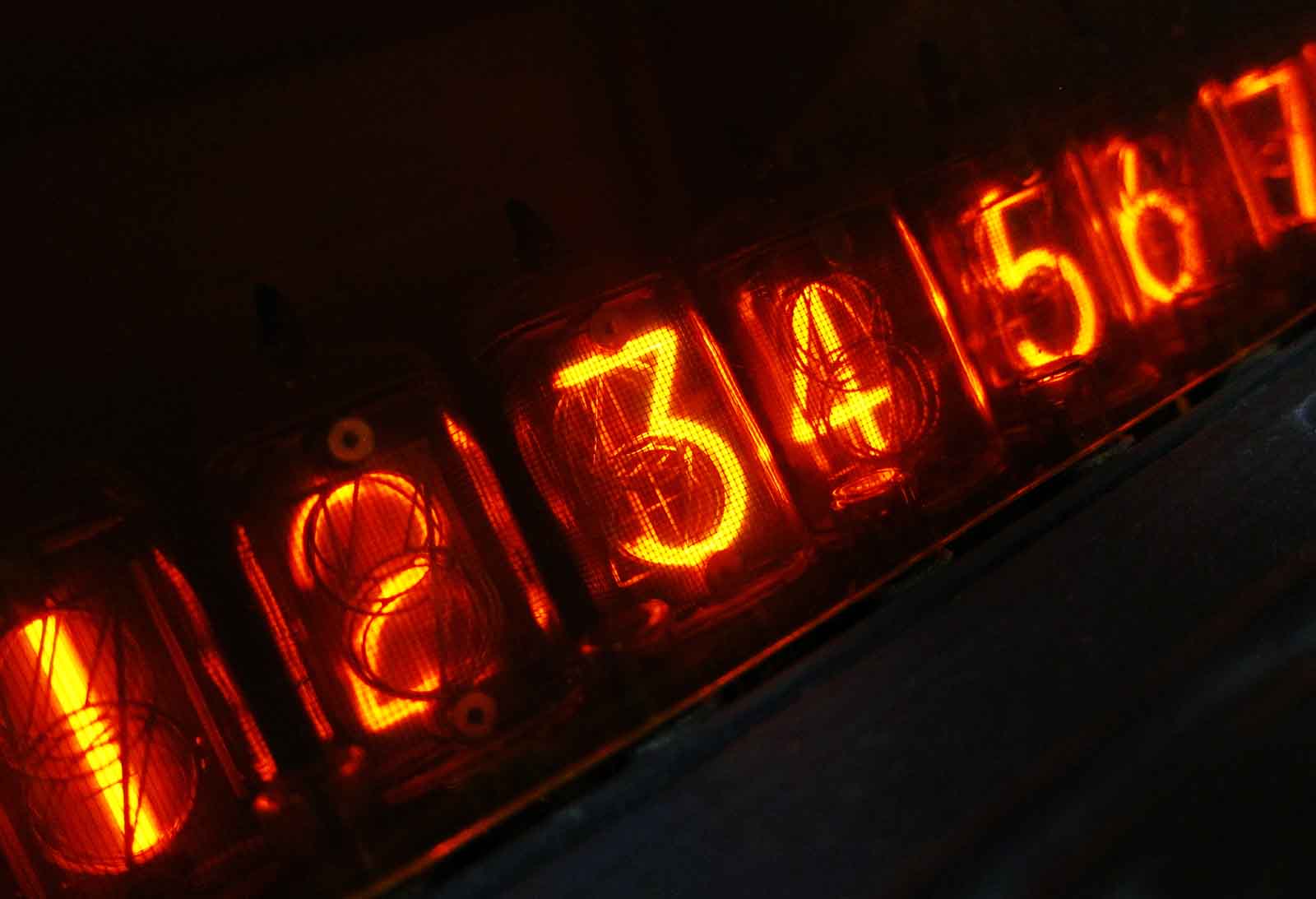



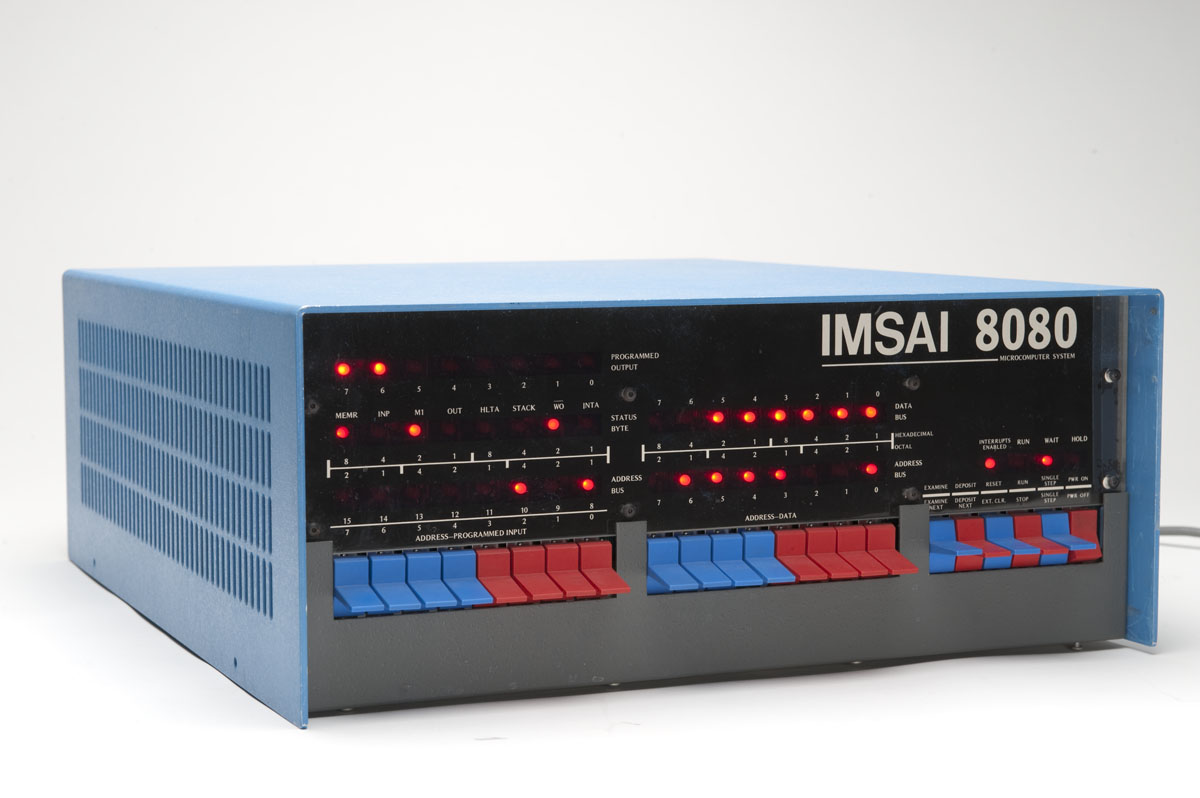
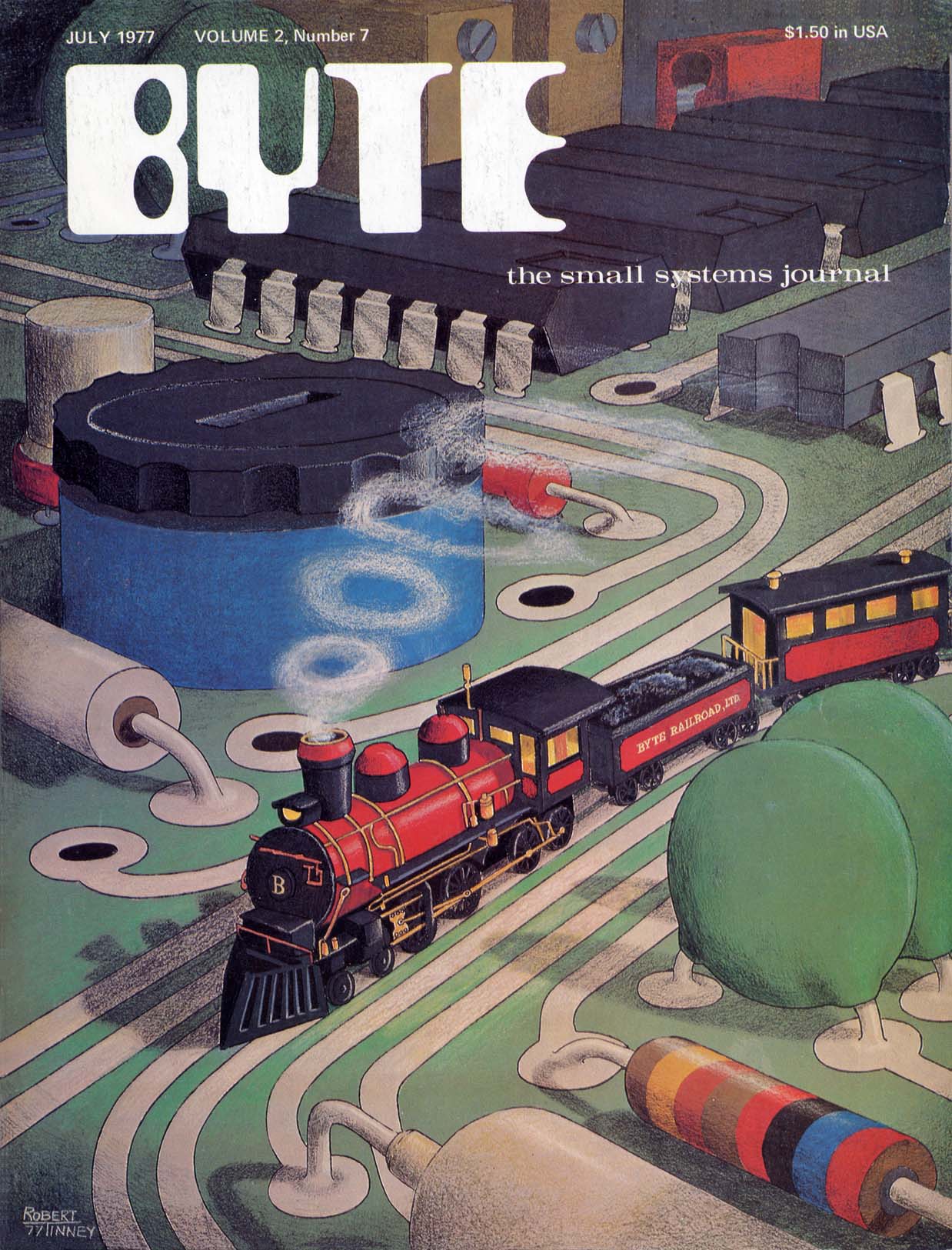

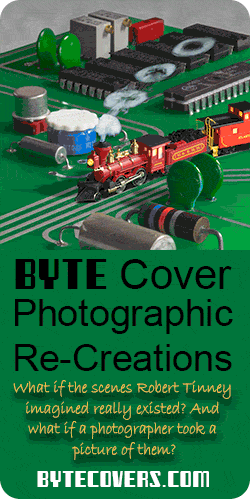
Cool. Brings back lots of memories.
I used a HP 9100 for an hour or so once in the early ’80s. It was already an antique, but a really neat one. The display was a very usual CRT that make the digits appear to float in mid-air.
I used an IMSAI 8080 in college a little, and Altos at MIT once in a while (also in the early ’80s.).
I used punch cards, too, in high school, but somehow I’ve no nostalgia at all for them. I might still have some old card decks in storage somewhere…
Do you have a larger pic of the Turk? I’m curious about the (fake) machinery behind the door on the left – what would have looked plausible for such a thing in the 18th century?
I saw the Alto (or maybe it was a Star) at MIT too – I remember we were there together. I never really figured out how to properly use it.
I still have punched cards with alternating patterns in them that I use as bookmarks. But I’m not really nostalgic for them either. They reek of COBOL and RPG.
The largest picture I have of the Turk can be seen by right-clicking on the image and selecting “View Image”. It’s 1124×1200.
This is great! I have a working Osborne 1 that when I did a computer course for my daughter’s Girl Guide troop I brought along with a netbook for comparison so they could see the difference in what word processing was and now is!
Cool! I worked on a Wang system, way back when, that featured a MASSIVE 600-megabyte disc pack that must have weighed 20 pounds!
Stick that in your flash drive and smoke it!